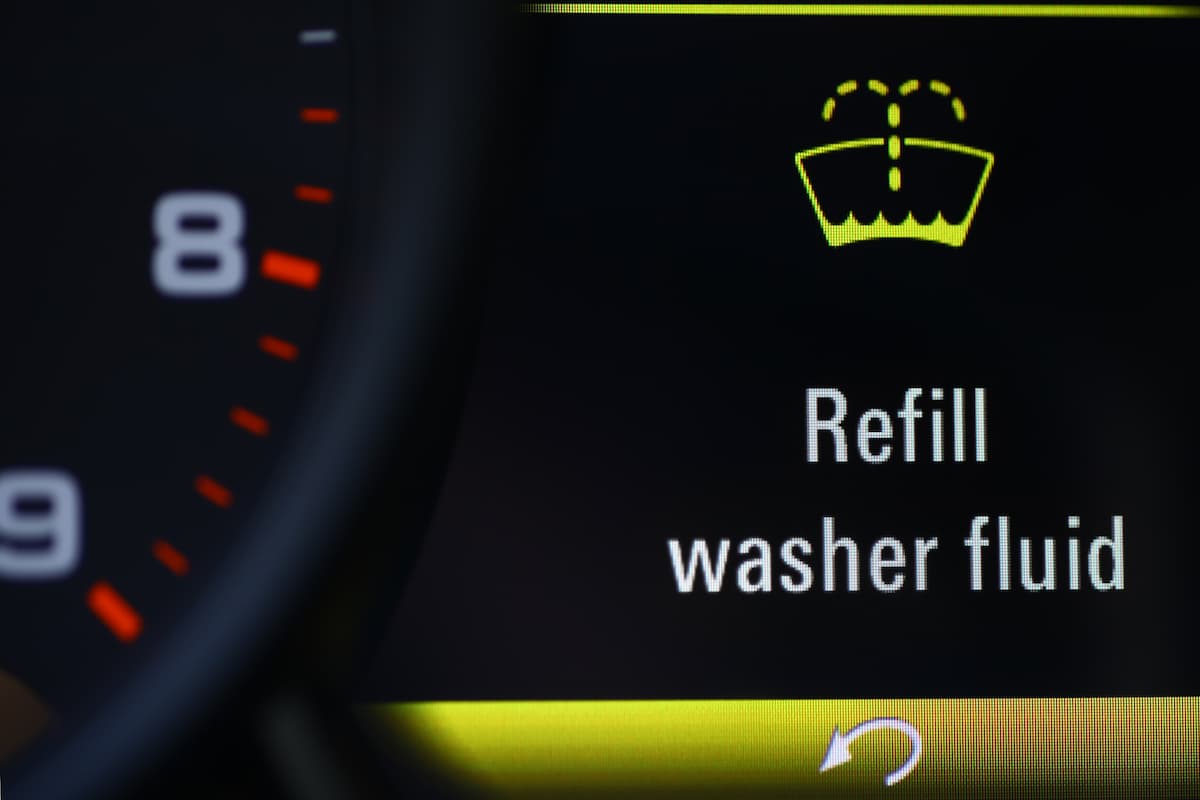

Articles
What Is Low Washer Fluid
Modified: October 20, 2024
Discover the importance of low washer fluid and how it affects the performance of your vehicle. Read more in our informative articles.
(Many of the links in this article redirect to a specific reviewed product. Your purchase of these products through affiliate links helps to generate commission for Storables.com, at no extra cost. Learn more)
Introduction
Welcome to our comprehensive guide on low washer fluid! If you’re a car owner, you probably understand the importance of maintaining your vehicle’s various fluids for its optimal performance. One such fluid that often gets overlooked but plays a crucial role in keeping your windshield clean and clear is washer fluid.
Have you ever experienced smudged or hazy windshields while driving? Perhaps your washer fluid ran out when you needed it the most, leaving your visibility compromised. Low washer fluid can be a nuisance, but it’s a common issue that can be easily prevented with proper maintenance.
In this article, we will explore the definition of low washer fluid, its causes, signs, and symptoms, as well as the risks and consequences of neglecting this essential fluid. Additionally, we will provide step-by-step instructions on how to check your washer fluid levels and refill it when needed.
So, whether you’re a seasoned driver or a new car owner, let’s dive into the details of low washer fluid to ensure you’re equipped with the knowledge to keep your windshield clean and your driving experience safe and enjoyable.
Key Takeaways:
- Regularly checking and maintaining proper washer fluid levels is crucial for optimal visibility and safe driving. Don’t overlook this simple yet essential aspect of vehicle maintenance to ensure a clear and unobstructed view of the road.
- Low washer fluid can compromise visibility and hinder windshield wiper effectiveness. By understanding the causes, signs, and risks, and following maintenance tips, you can ensure a safe and enjoyable driving experience.
Read more: What Is Washer Fluid For Car
Definition of Low Washer Fluid
Low washer fluid refers to the condition when the reservoir that holds the washer fluid in your vehicle becomes insufficiently filled. The washer fluid, commonly known as windshield wiper fluid, is a specially formulated solution that helps clean your windshield by removing dirt, grime, and other debris that can obstruct your vision while driving.
The washer fluid reservoir is typically located under the hood of your car and is connected to a pump that sprays the fluid onto your windshield through a system of nozzles. When the reservoir contains an inadequate amount of fluid, it can result in reduced spray or no spray at all, making it difficult to clean your windshield effectively.
It’s important to note that low washer fluid is different from empty washer fluid. While low washer fluid implies that there is still some fluid remaining in the reservoir, albeit in a limited amount, empty washer fluid refers to a completely depleted reservoir with no fluid left in it.
Regularly checking your washer fluid levels and keeping them at an appropriate level is essential to ensure you have a clear view of the road ahead and maintain your overall driving safety.
Causes of Low Washer Fluid
There are several factors that can contribute to low washer fluid in your vehicle. Understanding these causes can help you identify the potential issues and take the necessary steps to prevent them in the future. Here are some common causes of low washer fluid:
- Usage and Evaporation: The primary cause of low washer fluid is the regular use of the windshield wiper system. Each time you activate the washer fluid to clean your windshield, a small amount of fluid is consumed. Over time, frequent use can deplete the fluid in the reservoir. Additionally, some evaporation of the fluid can occur due to exposure to heat and air.
- Leaking or Damaged Washer Fluid System: Another potential cause of low washer fluid is a leaking or damaged system. Cracked hoses, faulty seals, or damaged reservoirs can lead to fluid leaks, resulting in a gradual reduction of fluid levels. It’s important to inspect your washer fluid system regularly for any signs of leaks or damage.
- Incorrect Fluid Level Installation: When refilling your washer fluid, it’s crucial to ensure that you add the appropriate amount. Adding too little fluid or overfilling the reservoir can both result in low washer fluid. Always refer to your vehicle’s manual for the correct fluid capacity and follow the instructions accordingly.
- Freezing and Cold Weather: In colder climates, washer fluid can freeze, especially if it contains a high water content. This can lead to blockages in the fluid lines and damage the system. To prevent freezing, many washer fluids are specially formulated with antifreeze properties. However, extreme cold temperatures can still affect the fluid’s effectiveness and contribute to low levels.
By understanding the causes of low washer fluid, you can take proactive measures to prevent it, such as regularly checking and refilling the fluid, inspecting for leaks or damages, and using appropriate formulas for your local climate.
Signs and Symptoms of Low Washer Fluid
It’s essential to be aware of the signs and symptoms that indicate your vehicle has low washer fluid. By recognizing these signs early on, you can address the issue promptly and ensure your windshield remains clean and clear. Here are some common signs and symptoms of low washer fluid:
- Insufficient or No Windshield Spray: One of the most obvious signs of low washer fluid is when you activate the windshield washer system, but no fluid sprays onto the windshield or the spray is weak. If you notice that the windshield is not being properly cleaned or the spray is inconsistent, it’s likely that your washer fluid levels are low.
- Visible Dirt and Smudges: Another indication of low washer fluid is when dirt, grime, or streaks are still present on your windshield after using the wiper system. The washer fluid is designed to dissolve and clean away these particles, so if they remain visible, it’s a clear sign that you need to refill the fluid.
- Unusual Noise or Delayed Spraying: When the washer fluid level is low, you may hear unusual sounds coming from the washer pump, such as a buzzing or whining noise. Additionally, there may be a noticeable delay between activating the windshield wipers and the fluid spraying onto the windshield. These signs suggest that the pump is struggling to draw enough fluid, indicating a low level in the reservoir.
It’s important to note that while these signs and symptoms are common indicators of low washer fluid, they can also be caused by other issues, such as a clogged nozzle or a faulty pump. Therefore, it’s recommended to check your fluid levels to confirm if low washer fluid is indeed the cause.
Regularly inspecting your washer fluid levels and addressing any low levels promptly will ensure that your windshield cleaning system operates effectively and provides you with clear visibility while driving.
Risks and Consequences of Low Washer Fluid
Having low washer fluid in your vehicle can have several risks and consequences that can affect your safety and driving experience. It’s important to understand these risks to comprehend the importance of maintaining adequate washer fluid levels. Here are some of the risks and consequences of low washer fluid:
- Impaired Visibility: One of the primary risks of low washer fluid is impaired visibility. The purpose of the washer fluid is to clean your windshield and remove dirt, debris, and other obstructions. Without enough fluid, your windshield may not be effectively cleaned, resulting in a hazy or blurry view. This can significantly compromise your ability to see the road and hazards ahead, increasing the risk of accidents.
- Difficulty Driving in Inclement Weather: Rain, snow, and other adverse weather conditions can further reduce visibility on the road. With low washer fluid levels, it can be challenging to keep your windshield clear in such conditions. Clear visibility is crucial for safe and confident driving, especially when navigating through heavy rain, snowstorms, or foggy conditions.
- Inefficient Windshield Wipers: The washer fluid not only cleans the windshield but also lubricates the wiper blades. Insufficient washer fluid can result in dry wiper blades that may not glide smoothly on the windshield. This can lead to streaks, smearing, or even damage to the blade itself. Improperly functioning wipers can reduce their effectiveness in clearing away rain or debris, further compromising your visibility on the road.
- Inability to Remove Bug Residue: When driving, your windshield can accumulate bug residue, especially during longer trips or in areas with high insect activity. Low washer fluid prevents you from effectively removing these residues, making it difficult to maintain a clear view through the windshield. This can be particularly troublesome during nighttime driving, as bug residue can create glare from oncoming headlights.
It’s essential to prioritize the maintenance of proper washer fluid levels to mitigate these risks and consequences. Regularly checking and refilling your washer fluid will ensure optimal visibility, allowing you to drive safely and confidently in various weather and road conditions.
Check your washer fluid level regularly, especially before long drives. Low washer fluid can result in poor visibility and make it difficult to clean your windshield while driving. Keep a bottle of washer fluid in your car for easy refills.
Read more: Where To Buy Windshield Washer Fluid
How to Check Washer Fluid Levels
Checking your vehicle’s washer fluid levels is a simple process that you can easily perform on your own. Here’s a step-by-step guide on how to check your washer fluid levels:
- Park your vehicle on a flat surface and turn off the engine. This will ensure your safety and prevent any accidental movements.
- Locate the hood release latch inside your vehicle. It is usually located under the dashboard on the driver’s side.
- Pull the hood release latch to open the hood of your vehicle. You may need to release a secondary latch located at the front of the hood to fully open it. Consult your vehicle’s manual if you’re unsure about the location of the release latch.
- Once the hood is open, locate the washer fluid reservoir. It is typically a rectangular-shaped plastic container, often labeled with a windshield wiper symbol or the word “washer fluid”. The reservoir is usually positioned near the front of the engine compartment.
- Examine the reservoir to see if it has a clear level indicator. Some reservoirs have a transparent section that allows you to visually check the fluid level, while others may have marks or lines indicating the minimum and maximum levels.
- If you can’t see the fluid level directly, you may need to use a dipstick or similar tool to check the level. Carefully insert the dipstick into the reservoir, making sure it reaches the bottom. Pull it out and observe the fluid level on the dipstick.
- Compare the fluid level to the minimum and maximum marks or indicators. If the level is between these marks, your washer fluid is at an acceptable level. If it’s below the minimum mark or appears empty, it’s time to refill the reservoir.
It’s worth noting that the exact method of checking washer fluid levels may vary slightly depending on your vehicle’s make and model. It’s always a good idea to consult your vehicle’s manual for specific instructions and to ensure you’re following the correct procedure.
Regularly checking your washer fluid levels will help you maintain optimum visibility on the road and prevent unexpected issues when you need to clean your windshield.
How to Fill Washer Fluid
Once you have determined that your washer fluid levels are low and need to be refilled, follow these step-by-step instructions to fill your washer fluid reservoir:
- Ensure your vehicle is parked on a level surface and turn off the engine for safety.
- Locate the washer fluid reservoir under the hood of your vehicle. It is typically a plastic container located near the front of the engine compartment.
- Remove the cap of the washer fluid reservoir. The cap is usually labeled with a windshield wiper symbol or the word “washer fluid”. Some reservoirs may have a twist-off cap, while others may require pressing a tab or releasing a latch to open.
- Prepare the washer fluid. Depending on your climate, choose an appropriate washer fluid formula. In colder climates, opt for a fluid that contains antifreeze properties to prevent freezing in low temperatures. Ensure that the fluid is specifically designed for use in windshield washer systems.
- Slowly pour the washer fluid into the reservoir. Use a funnel if necessary to avoid spills and to ensure precise pouring. Fill the reservoir until the fluid level reaches the maximum mark or indicator. Be careful not to overfill.
- Replace the cap of the washer fluid reservoir securely. Make sure it is tightly closed to prevent any leaks or spills.
- Perform a test to ensure proper function. Start your vehicle’s engine and activate the windshield washer system. Check if the fluid sprays adequately onto the windshield. If the spray is weak or doesn’t reach the desired area, there may be a clog or other issue that requires inspection or maintenance.
- If necessary, repeat the process and refill the reservoir until the fluid level is appropriate.
Remember to follow the specific instructions provided by your vehicle’s manual for filling and handling your washer fluid reservoir. Regularly checking and maintaining proper fluid levels will ensure a clear and unobstructed view while driving, enhancing your safety and overall driving experience.
Maintaining Proper Washer Fluid Levels
Keeping your washer fluid levels at the appropriate level is crucial for maintaining clear visibility and ensuring your windshield cleaning system functions effectively. Here are some tips for maintaining proper washer fluid levels:
- Regularly Check the Fluid Level: Make it a habit to check your washer fluid level regularly, ideally once a month or before embarking on a long journey. This will help you identify any low levels early on and take prompt action.
- Inspect for Leaks or Damage: Regularly inspect your washer fluid system for any signs of leaks or damage. Check the reservoir, hoses, seals, and connectors to ensure they are in good condition. If you notice any leaks or damages, have them repaired as soon as possible to prevent fluid loss.
- Refill with the Correct Fluid: When refilling your washer fluid, always use the correct fluid recommended by your vehicle’s manufacturer. Consider your local climate and choose a formula with antifreeze properties if needed. Using the right fluid will ensure optimal cleaning performance and prevent any potential damages.
- Keep a Spare Container of Washer Fluid: It’s a good idea to keep a spare container of washer fluid in your vehicle, especially during long trips. This way, if you notice low levels while on the road, you can easily refill the reservoir and maintain clear visibility.
- Clean the Washer Nozzles: Over time, washer nozzles can become clogged with debris or mineral deposits. This can affect the effectiveness of the spray and hinder proper cleaning. Regularly clean the nozzles using a pin or a small, soft-bristled brush to remove any obstructions.
- Consider Professional Maintenance: If you’re unsure about the condition of your washer fluid system or if you encounter persistent issues, it’s recommended to seek professional maintenance. A qualified mechanic can perform a thorough inspection, diagnose any problems, and ensure your system is in optimal working condition.
By following these maintenance tips, you can ensure that your washer fluid levels remain at an appropriate level, allowing for clear and unobstructed visibility while driving. Regular maintenance helps extend the lifespan of your washer fluid system and ensures a safe and enjoyable driving experience.
Conclusion
Proper maintenance of washer fluid levels is essential for maintaining a clear and unobstructed view while driving. Low washer fluid can compromise your visibility, especially during adverse weather conditions, and can reduce the effectiveness of your windshield wipers. By regularly checking your washer fluid levels and taking the necessary steps to refill and maintain the appropriate level, you can ensure optimal visibility and a safe driving experience.
Remember to check your washer fluid levels at regular intervals, especially before long trips, and inspect your washer fluid system for any leaks or damages. Refill the reservoir with the correct fluid and keep a spare container on hand for emergencies. Additionally, keeping your washer nozzles clean and considering professional maintenance when needed will help keep your system in optimal working condition.
Maintaining proper washer fluid levels is a simple yet crucial part of vehicle maintenance that should not be overlooked. By prioritizing this aspect, you can enjoy a clear and unobstructed view of the road, enhancing your safety and overall driving experience.
So, be proactive in checking your washer fluid levels, refill as necessary, and keep your windshield clean and clear for a confident and enjoyable journey ahead.
Frequently Asked Questions about What Is Low Washer Fluid
Was this page helpful?
At Storables.com, we guarantee accurate and reliable information. Our content, validated by Expert Board Contributors, is crafted following stringent Editorial Policies. We're committed to providing you with well-researched, expert-backed insights for all your informational needs.

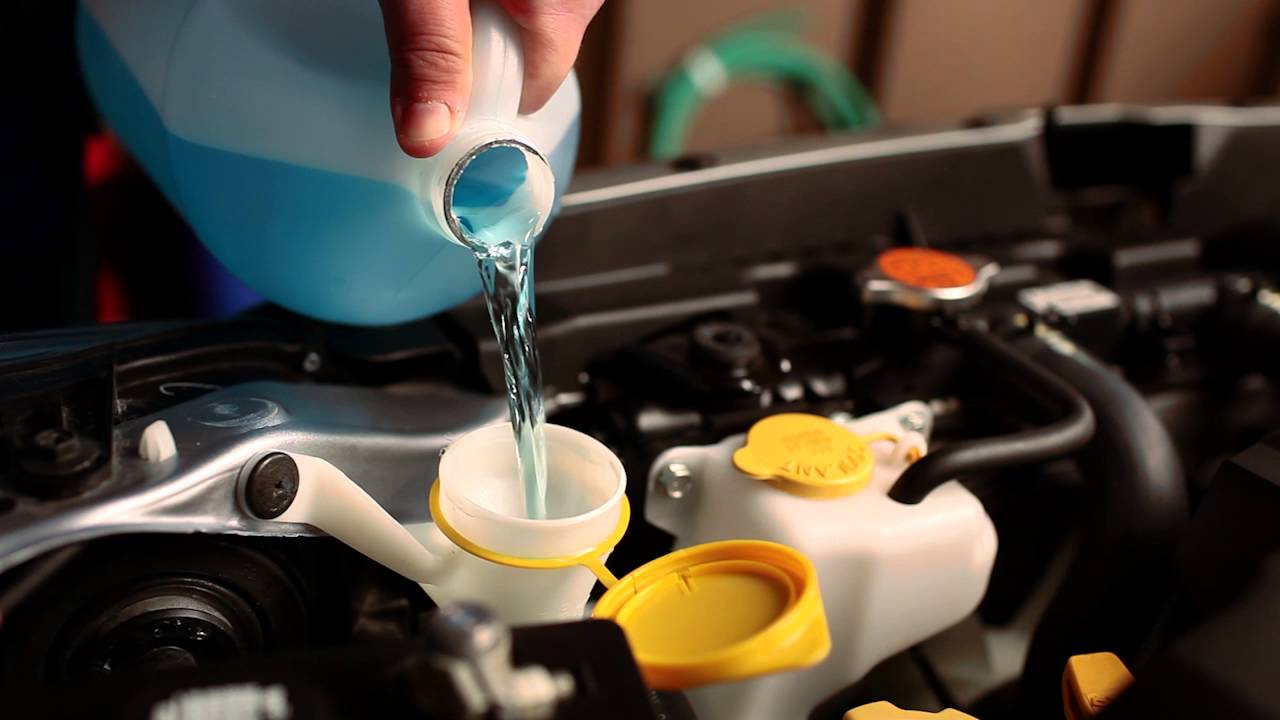
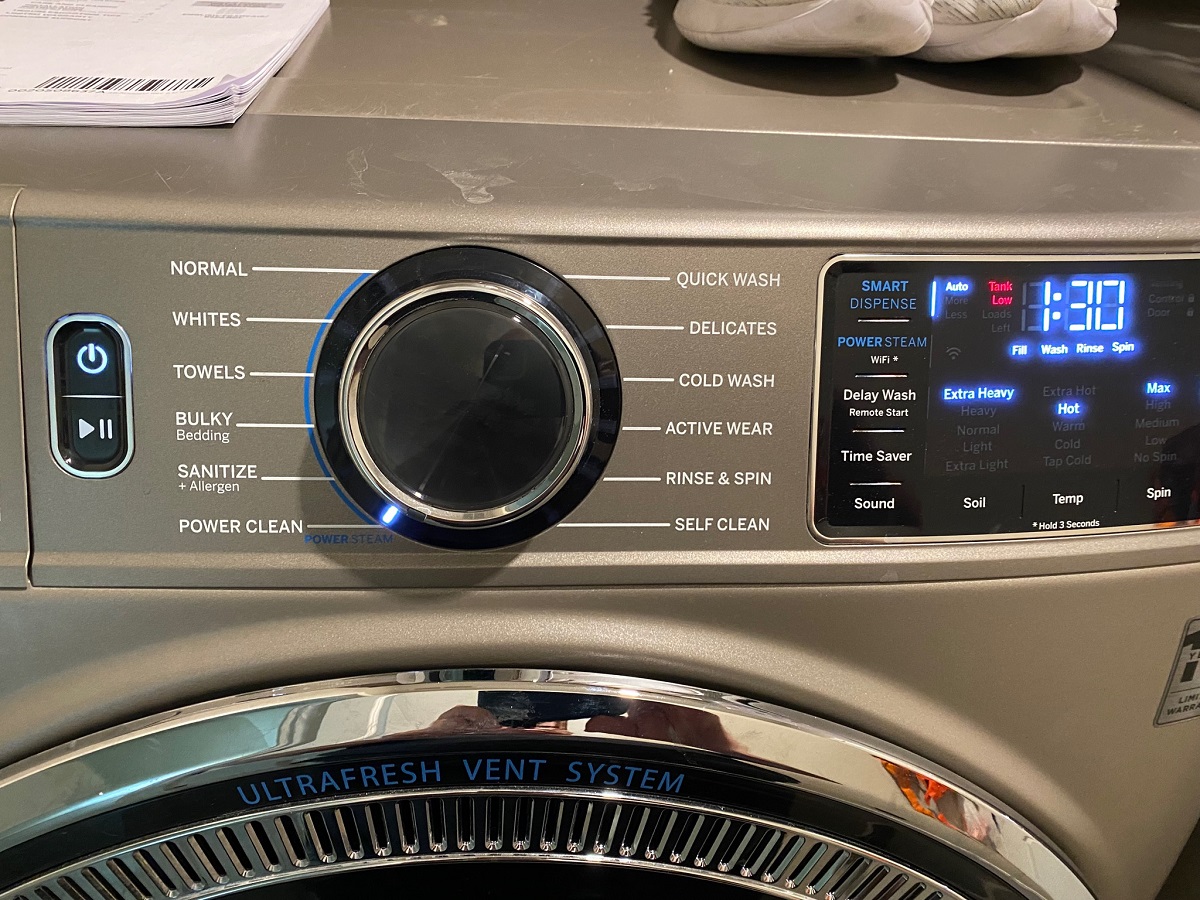
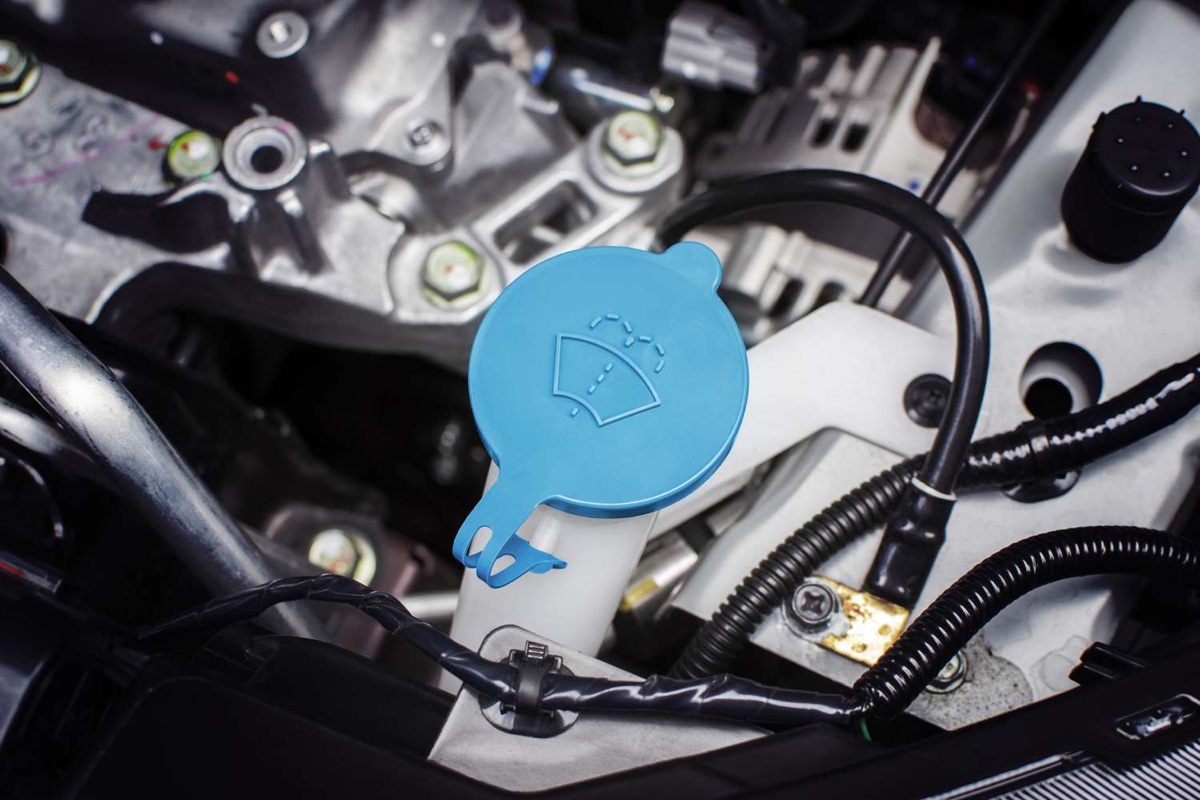
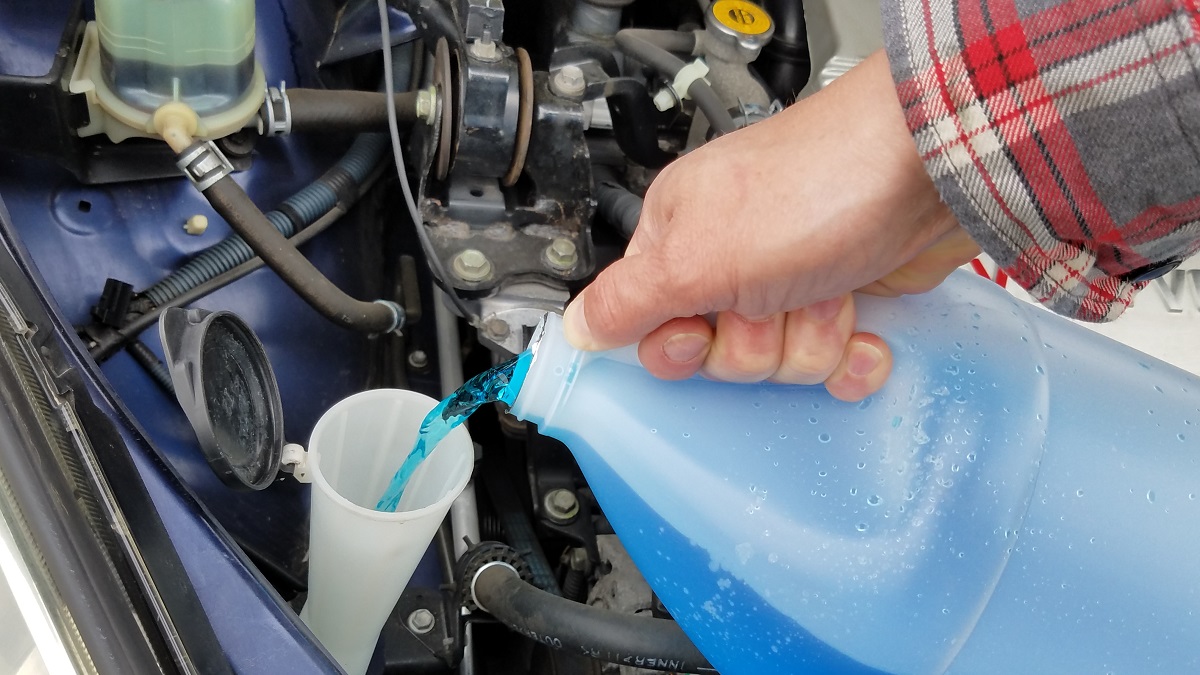
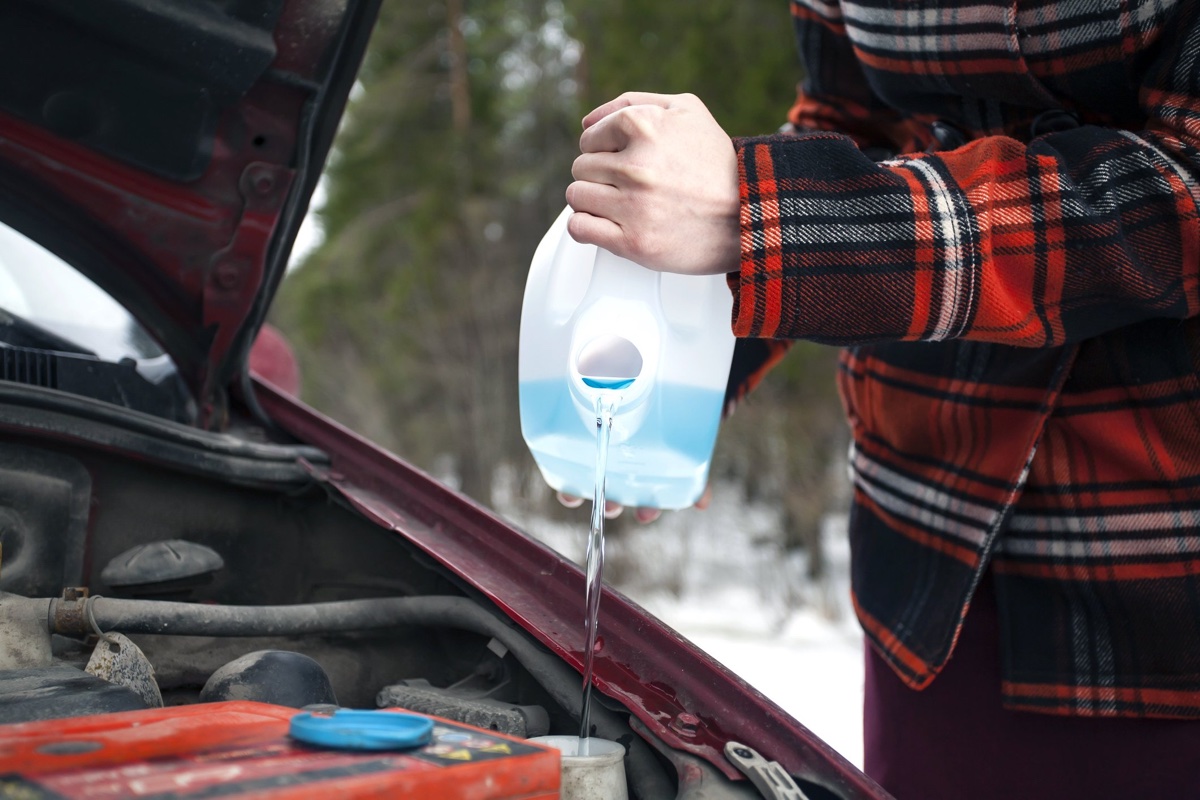


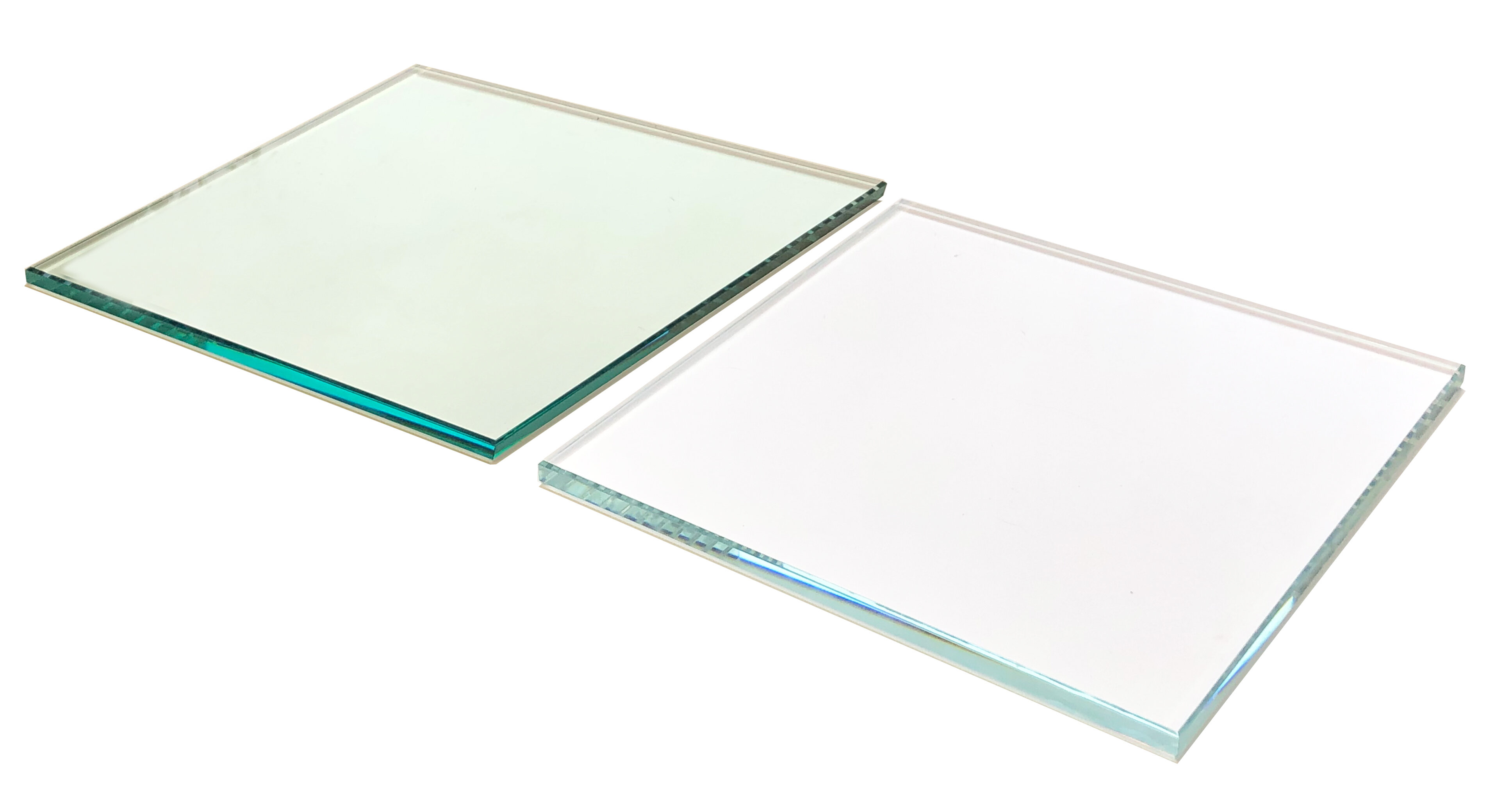
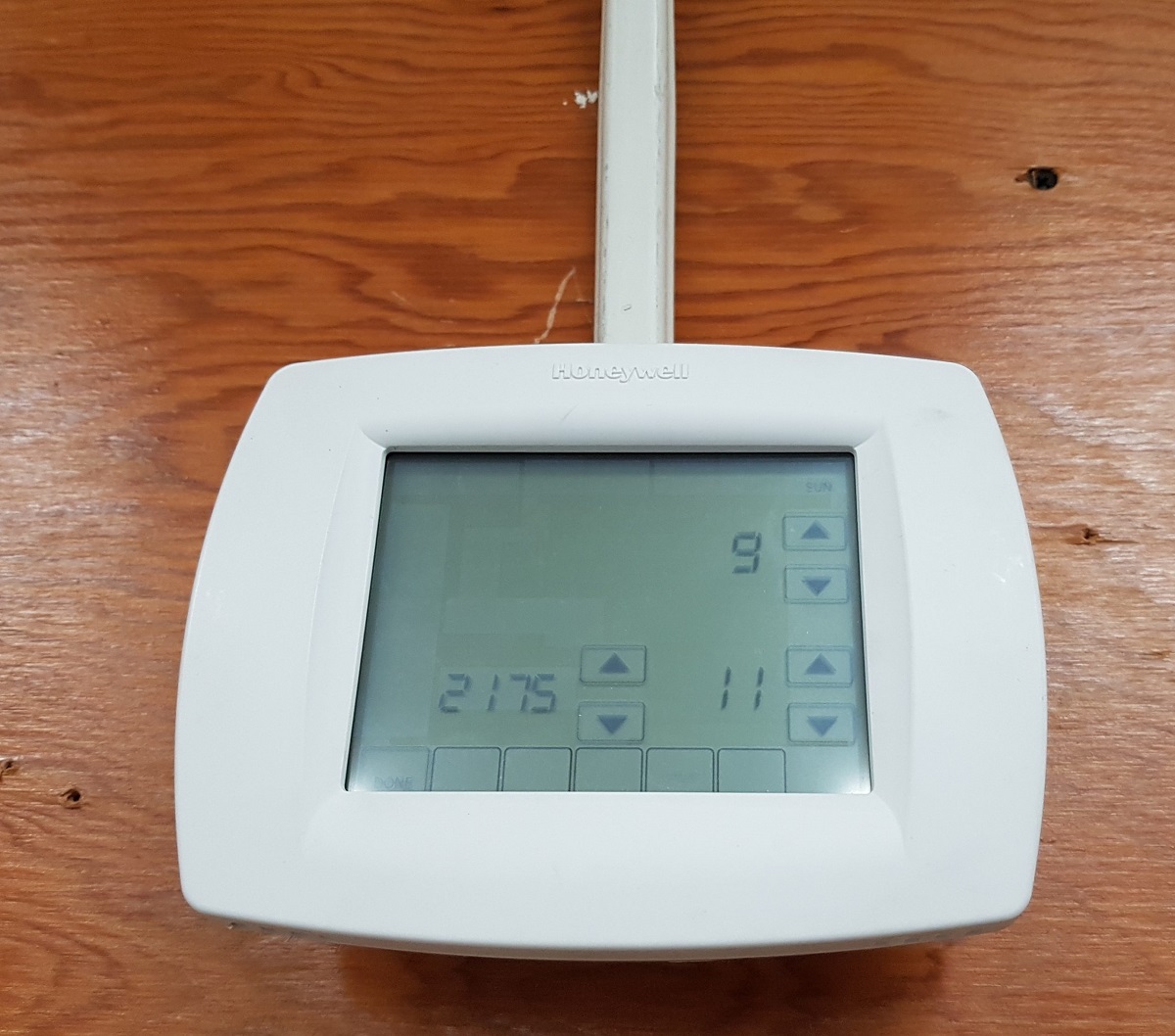

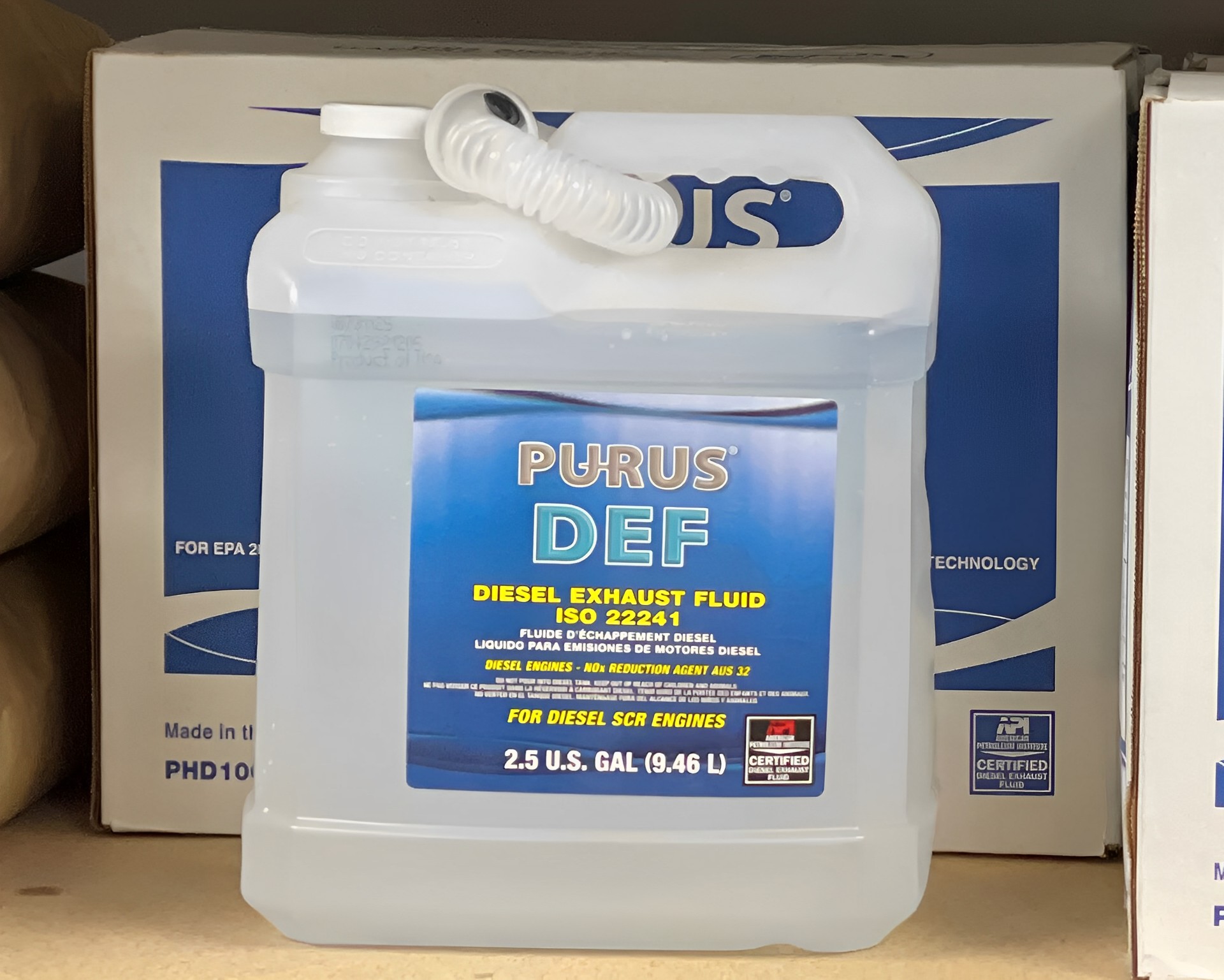
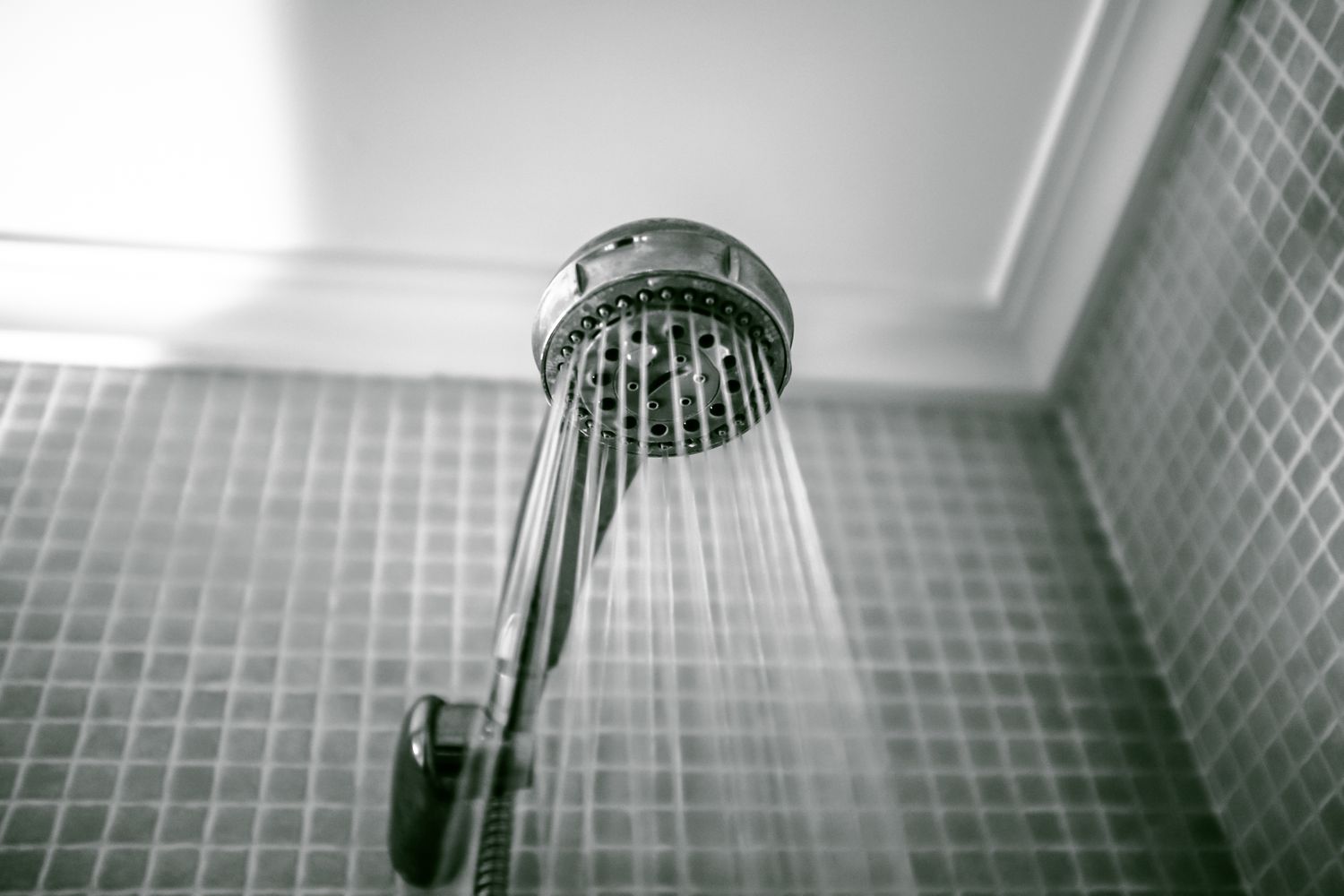


0 thoughts on “What Is Low Washer Fluid”